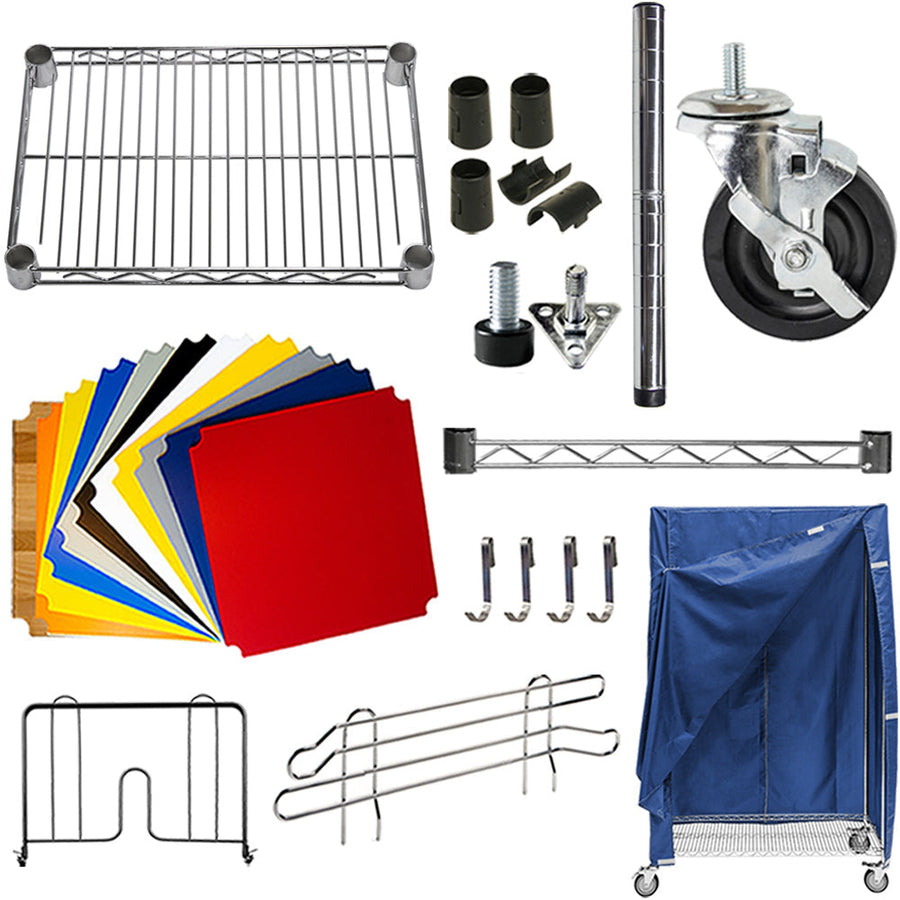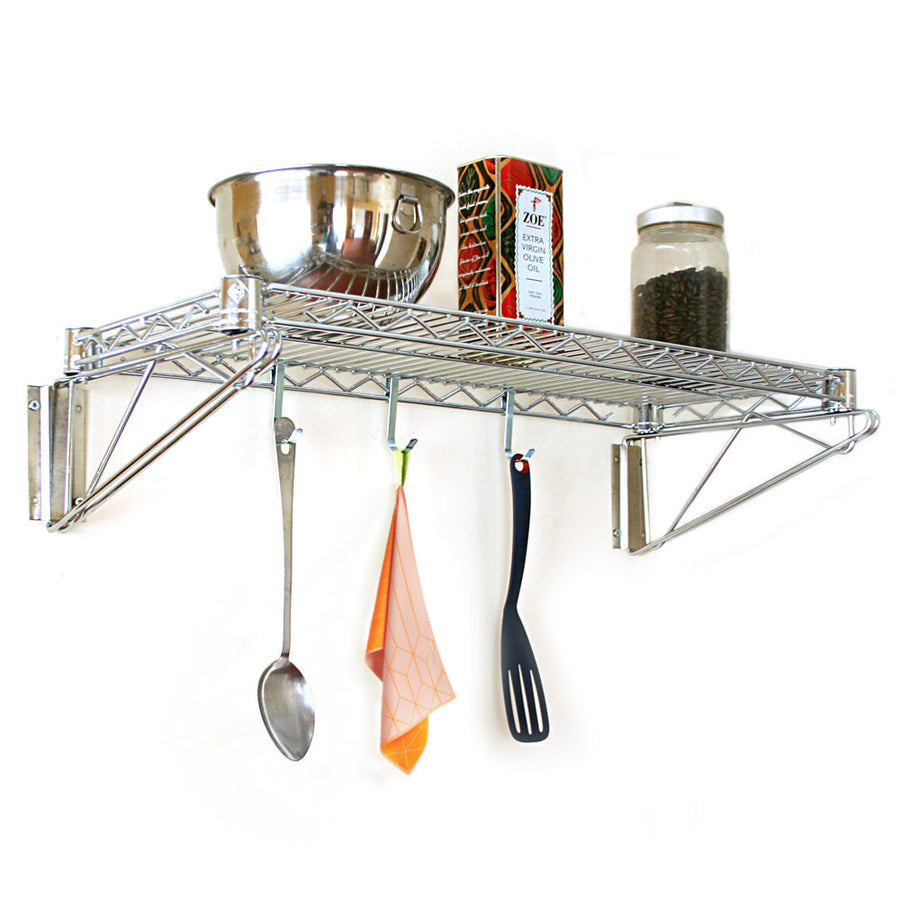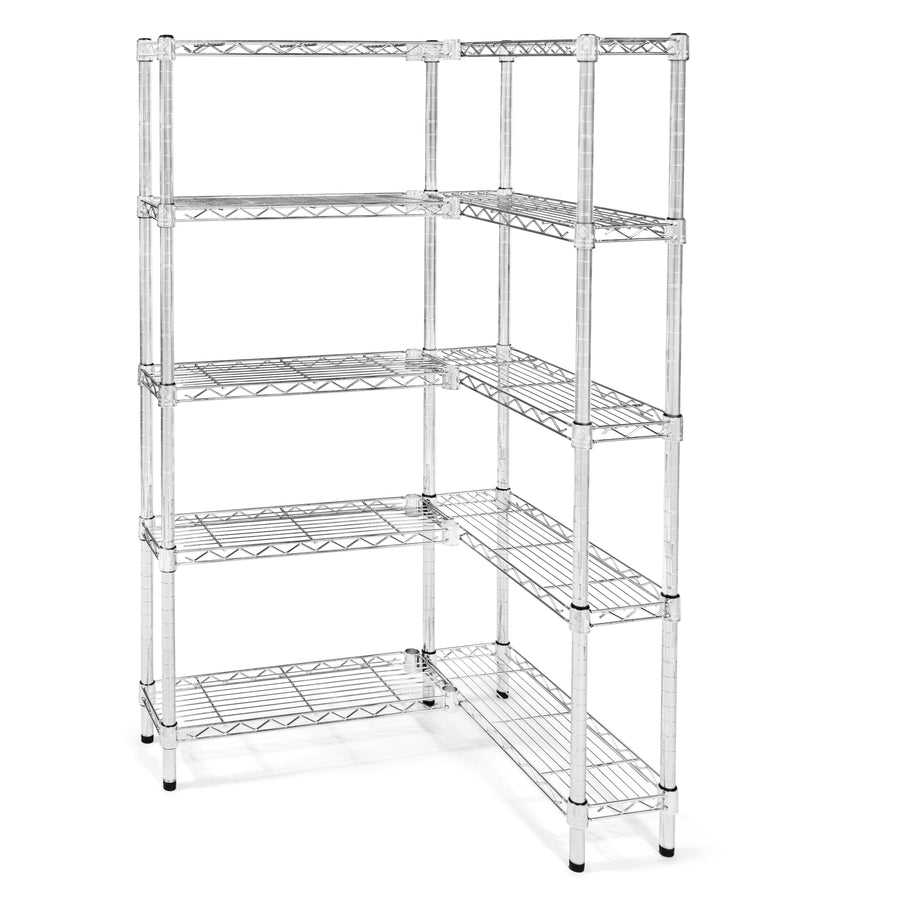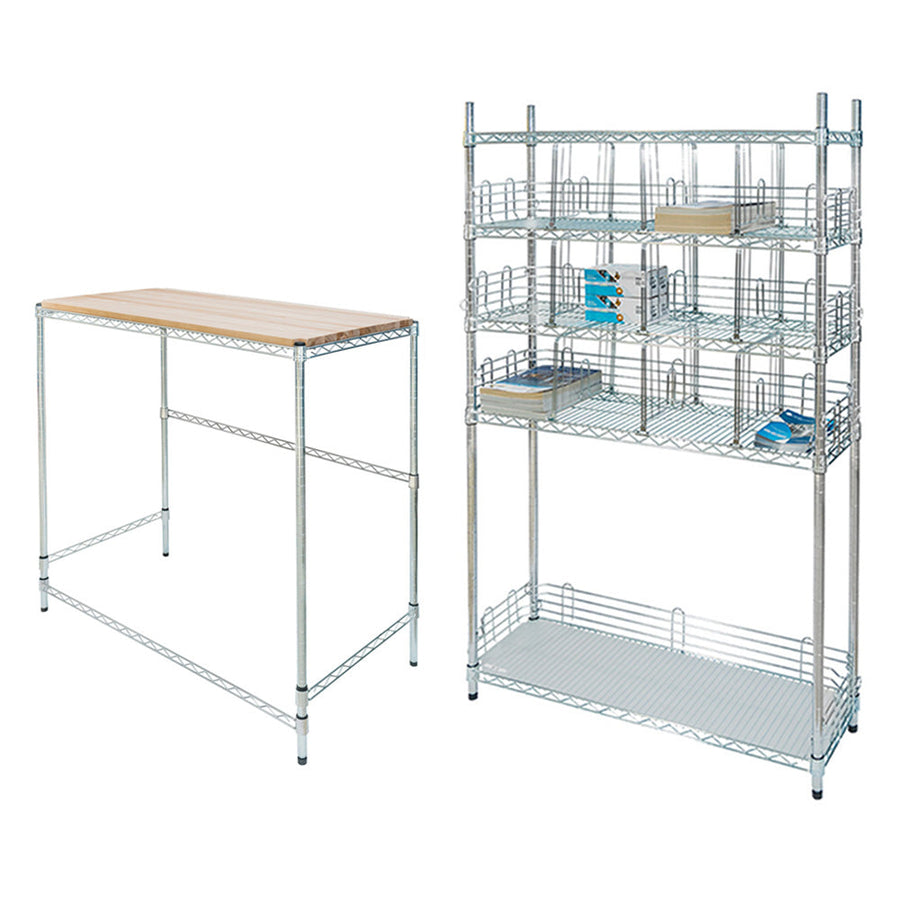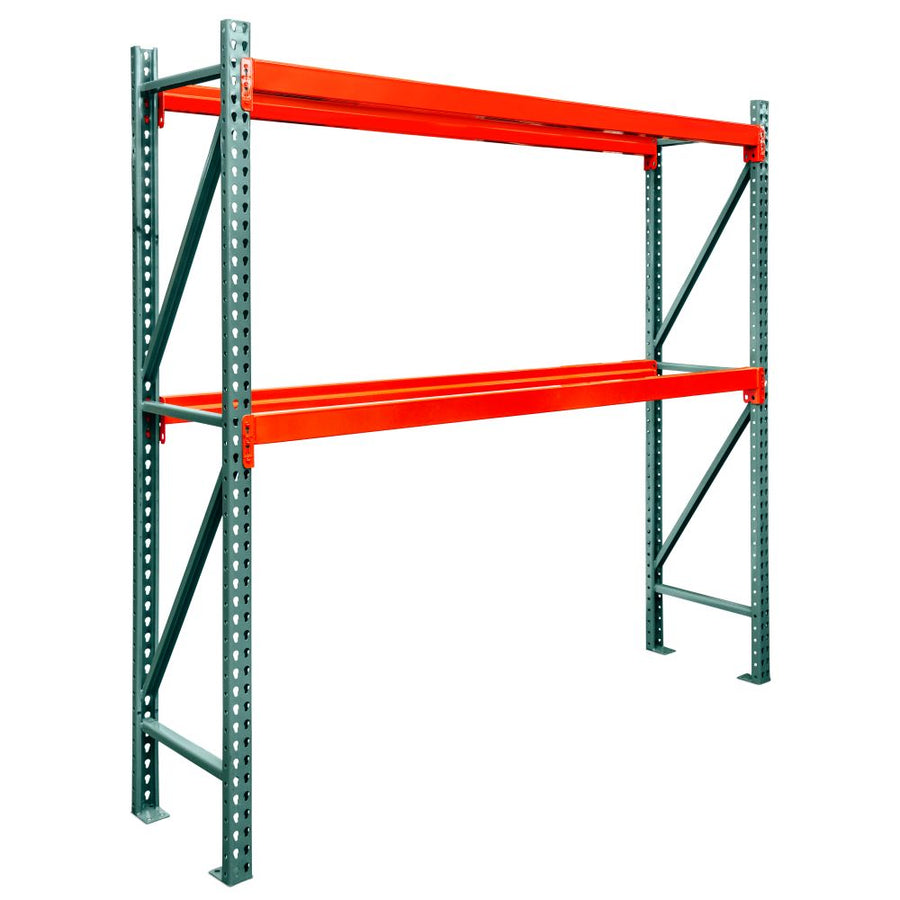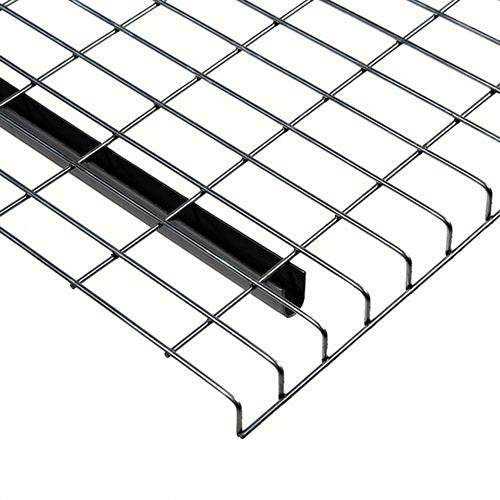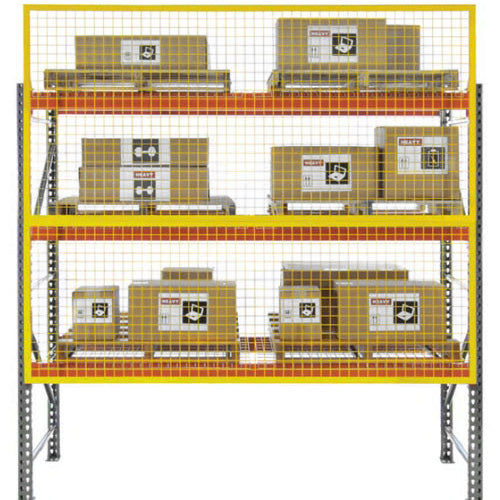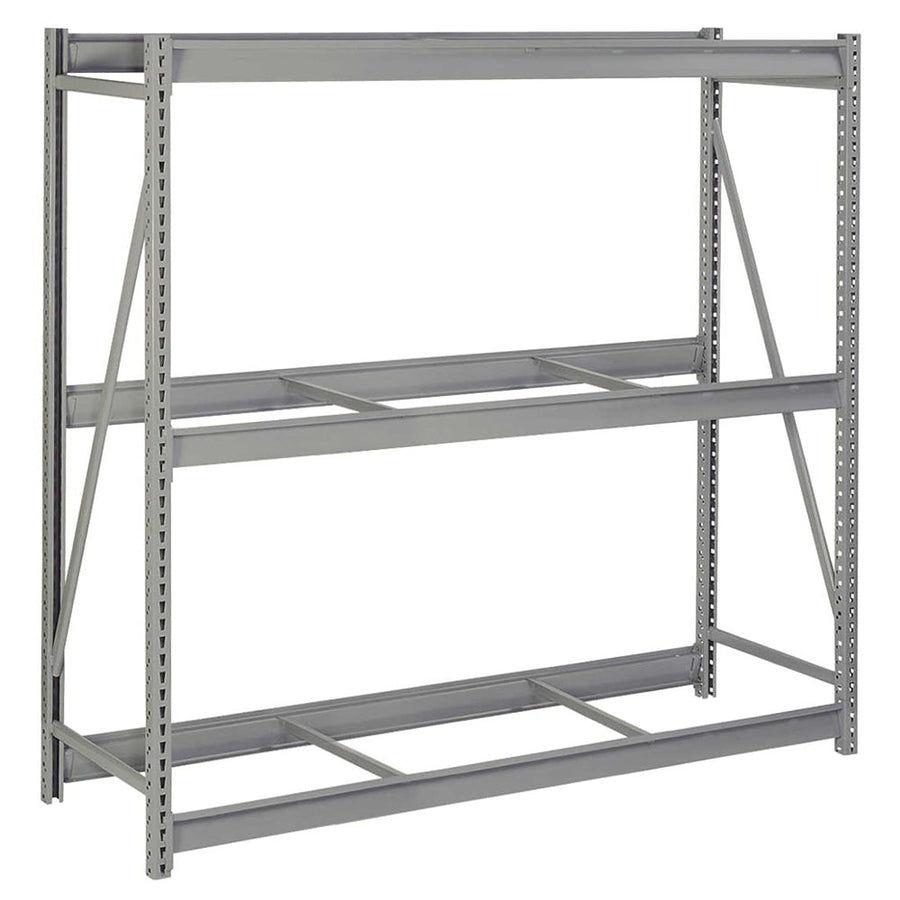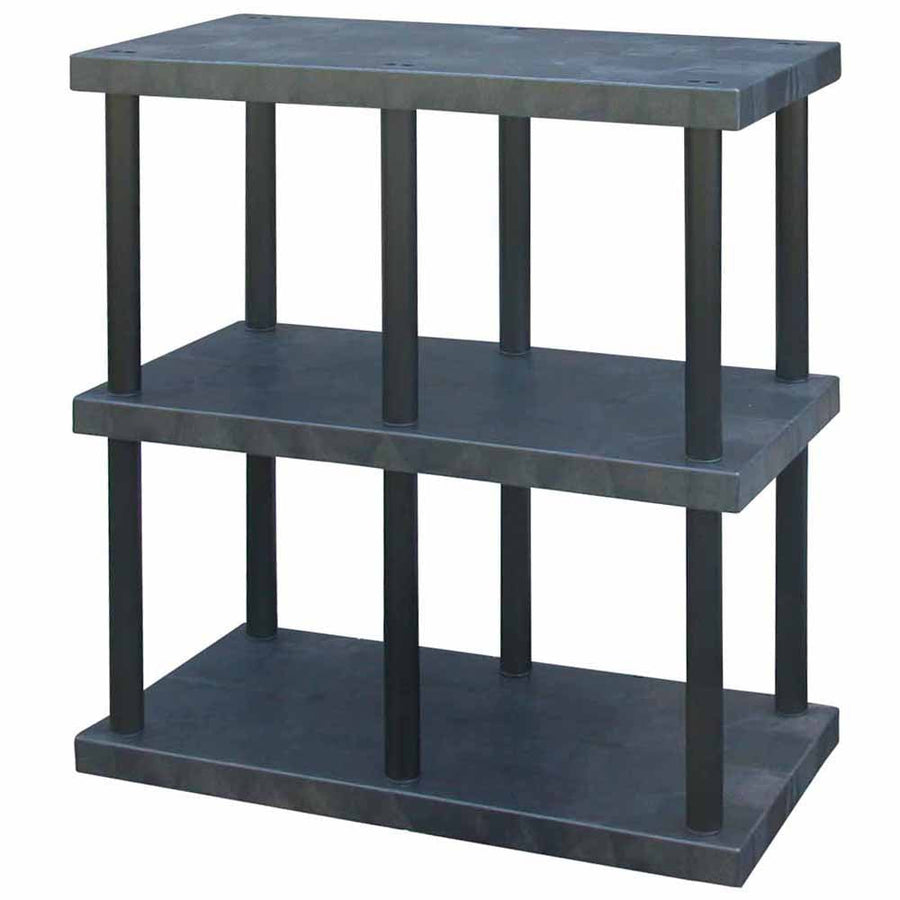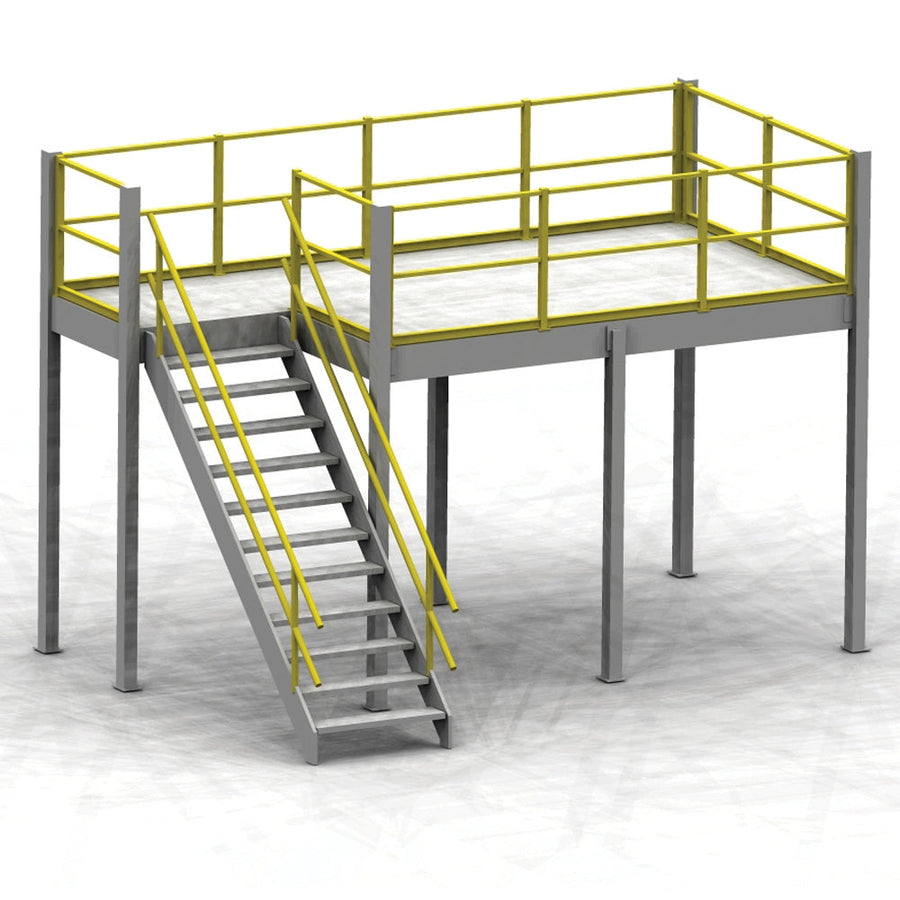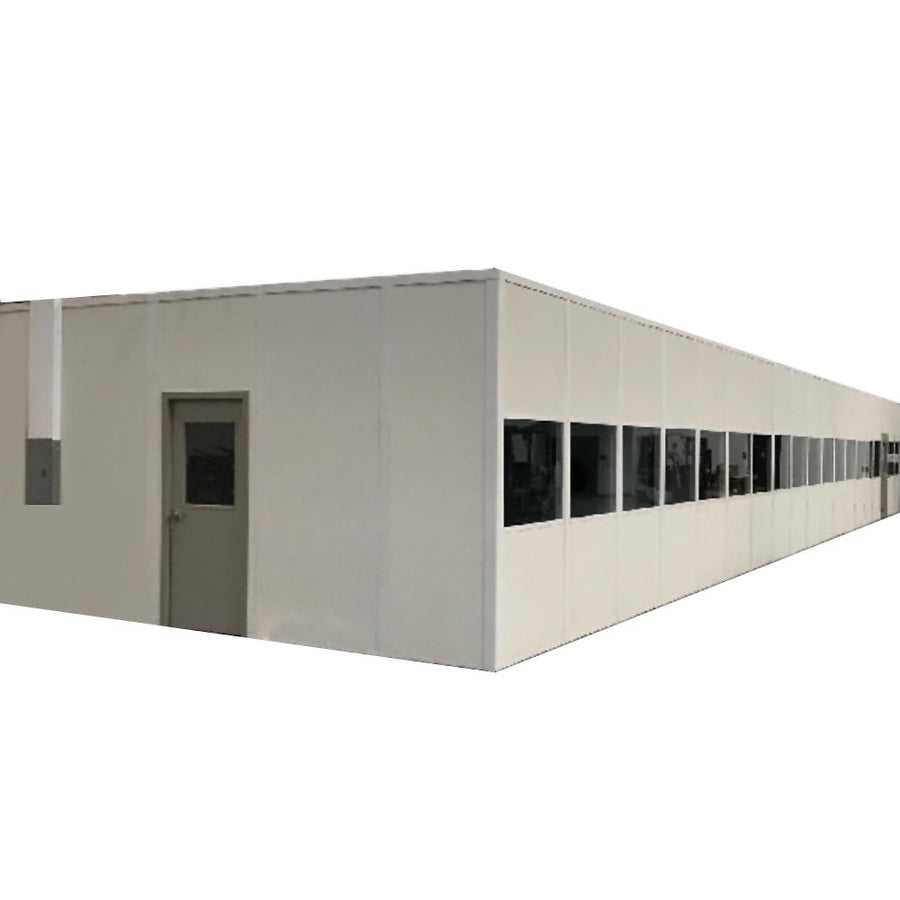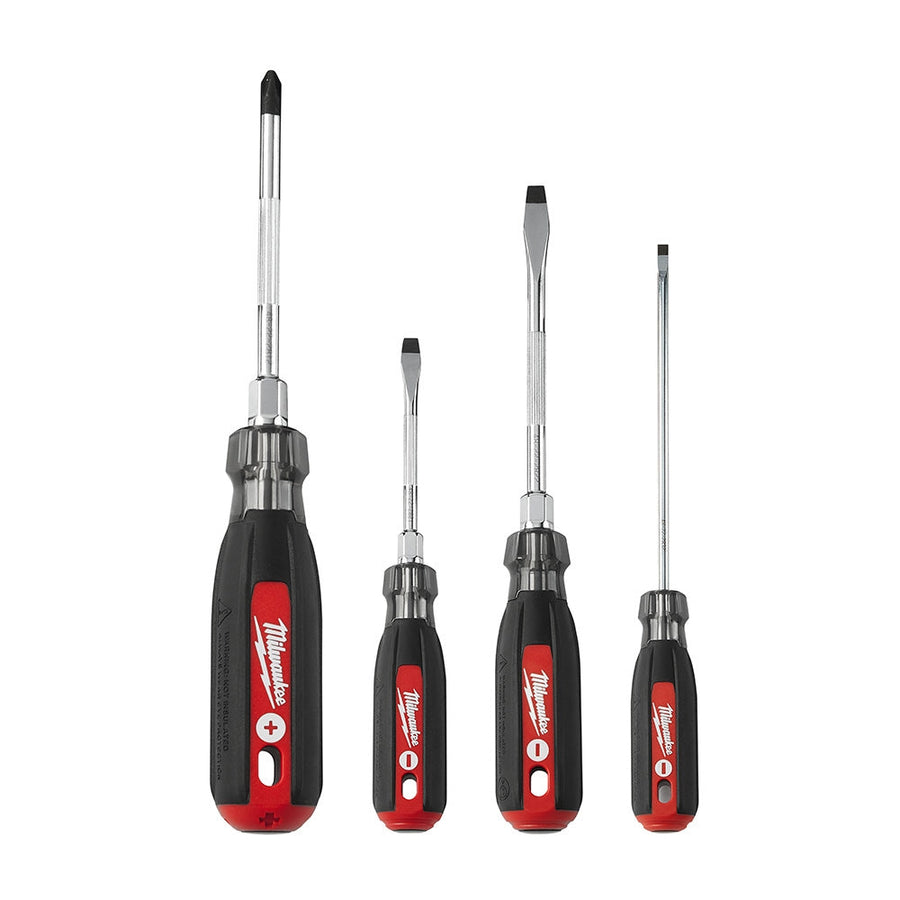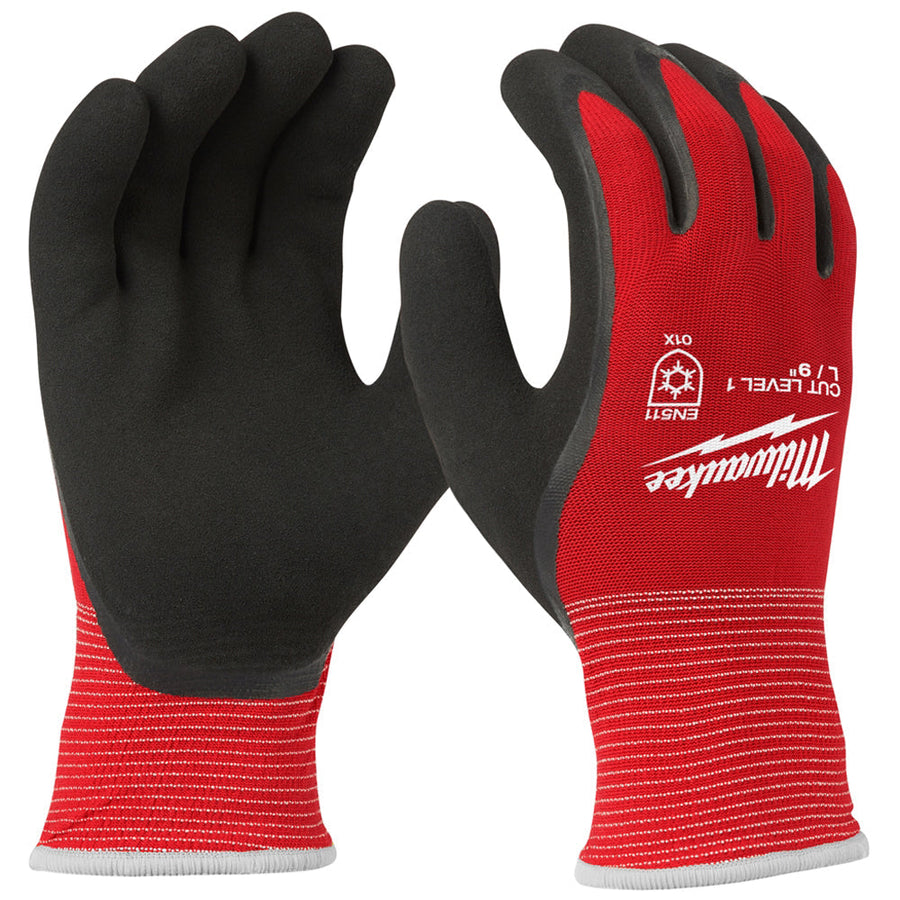These days, a warehouse is more than just a place to keep retail goods.
The amount of different products out there - and their associated storage needs - have turned warehouses into a multifaceted environment, capable of storing several types of goods at a range of different temperatures and conditions as needed.
Accordingly, this need for increased flexibility in warehousing and fulfillment has required warehouses to be more adaptable, but it’s not quite as simple as installing a new walk-in freezer. A lot of warehouse managers have been caught off-guard by the new storage needs that goods in extreme conditions require, and being unprepared can cost you a lot of time, money, and potential loss of product.
By understanding the sort of shelving that tougher, more temperature-sensitive environments can require, you can keep your shelving more protected than before.
Shelving for Extreme Conditions
THE ENVIRONMENT: Walk-In Coolers
THE SHELVING: Walk In Cooler Shelving
Walk-in coolers have been a staple of warehouses for decades, particularly when it comes to storing sensitive goods like food and temperature-sensitive pharmaceuticals. And, as one might expect, the conditions encountered inside these coolers tend to be a lot harder on shelving and storage than other areas inside the warehouse, so you’ll need to use shelves specially designed for the task. Walk-in cooler shelving comes coated in a special rust-inhibiting epoxy to both prolong the life of your shelving, which is important points to focus on when it comes to storing frozen or refrigerated products.
THE ENVIRONMENT: Greenhouses
THE SHELVING: Rust Proof Wire Shelving
No matter what type of plants your customers want to grow, botanicals have become big business these days, and you may find yourself storing products in a greenhouse that’s designed to help them flourish before they make their way to the customer. Of course, greenhouses also tend to be rather warm and humid, neither of which are ideal conditions for the shelves you might be using. By specifically choosing shelves treated to resist rust and corrosion, you can keep your shelves more structurally sound, even under the less-than-pleasant conditions a greenhouse can create.
THE ENVIRONMENT: Clean room storage
THE SHELVING: Medical Shelving
Now, when you hear the term “clean room”, you probably don’t associate it too closely with the idea of a ‘tough environment’. Clean rooms, however, have some of the strictest regulations for sanitation and germ resistance, including temperature monitoring, air quality modulation, and even guidelines as to what you can use to store your products on. Medical shelving, when approved by the National Sanitation Foundation (NSF), can provide the additional layer of protection your clean room goods need, whether it’s sensitive chemicals, pharmaceuticals with specific storage needs, or even delicate computer & electronics products.
THE ENVIRONMENT: Tougher outdoor temperatures
THE SHELVING: Standard industrial shelving
Now, this one is a bit trickier, because the conditions are coming from outside the warehouse, not inside. If your warehouse is located in an area that tends to experience harsh weather on the outside (extreme cold or heat, rainfall, snowfall), you should arrange your shelves nearer to the inside center of your warehouse in order to minimize exposure to the elements for both your teams and your goods. By centrally-locating your goods and using gravity racks to move items more quickly, you can minimize the risk to your workers and your inventory of being affected by the weather outside. (Of course, encouraging breaks and hydration is crucial as well.)
By using these shelves to handle your more extreme merchandise storage, you can keep your goods and teams safer and better-protected as the items move to their final destination.



